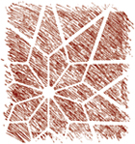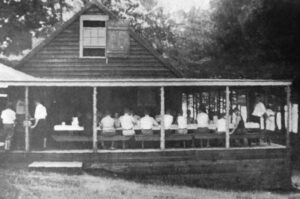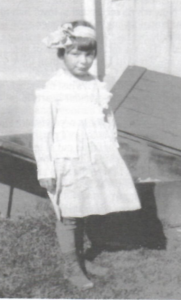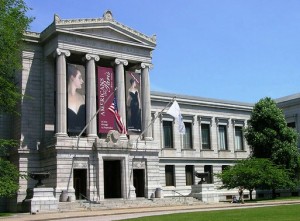Tag Archives: mental illness
Boundary Setting
1948
In connection with its stewardship campaign the vestry ran a survey that revealed a reduced congregation of 375 communicants. With his associate priest, the Rev. Dr. H. Robert Smith, Rector R.G. Metters began holding Healing Services on Wednesday mornings. He was president of the Mass. Association for Mental Health for several years and a longtime member of the National Association.
1911
June 2. Rector Elwood Worcester presided at the funeral of Dr. Emma W. Davidson Mooers, who had been a parishioner since 1880. She had died on May 31 at 52 of streptococcal meningitis contracted when she and Dr. Elmer Ernest Southard were performing an autopsy. She was one of 13 women to receive an MD from U. of Michigan in 1884, then worked at Northampton State Hospital, McLean Hospital, and the neuropathology laboratory of Dr. Alois Alzheimer in Munich before becoming Custodian of Harvard’s Neuropathological Collection in 1910. Her articles on syphilis and other bacterial infections of the nervous system were published in the precursors to the American Journal of Psychiatry and New England Journal of Medicine. May this pioneer rise in glory!
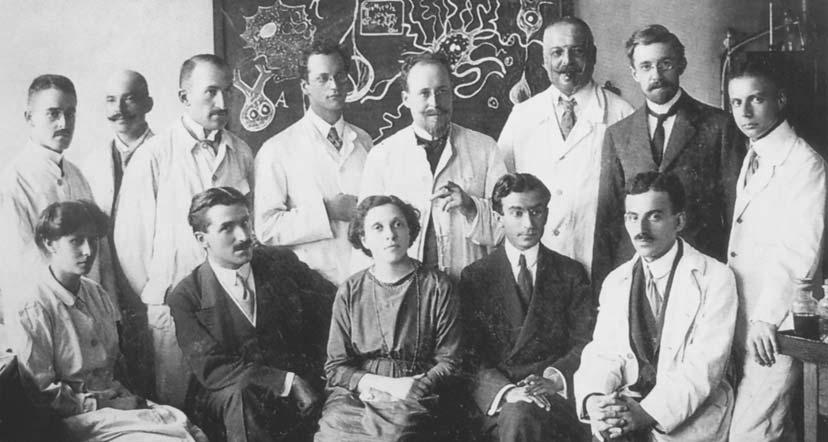
Dr. Emma W.D. Mooers seated in center with Dr. Alois Alzheimer (back row 3d from right) and co-workers in his Laboratory for Neurology, Munich, 1909.
Credit: Wikicommons
July. Choirmaster Weston Spies Gales, young William Appleton Lawrence (1889-1968), and a cook, Mr. Wood, took thirty choirboys to Camp Lowell in Winthrop, Maine, for a fortnight of fellowship.
1909
-
7 May. Benefactor of our cantata program, Priscilla Rawson (Young) was born in Bayside, NYC to Clementine Herschel of Holyoke MA & Hobart Rawson of Cincinnati OH. She was named for her Mayflower ancestor Priscilla Mullins Alden, who in turn was the namesake of Priscilla, now thought to have been the amanuensis of Paul the Apostle and author of the Epistle to the Hebrews [1]. See also 1939, 1942, 1971, 1973, 1994 & 2000.
- Elwood Worcester and Samuel McComb published The Christian Religion as a Healing Power: A Defense and Exposition of the Emmanuel Movement (NY: Moffat, Yard), full text. It is an addendum to their Religion and Medicine: The Moral Control of Nervous Disorders (NY: Moffat, Yard, 1908), full text.
- Parishioner Ernest Jacoby started a group for alcoholic men with special emphasis on fellowship as a path to recovery. It eventually moved from our basement and continued into the 1930s as the Jacoby Club. The first meeting of Alcoholics Anonymous in Boston was held in 1940 at the Club, then at 115 Newbury Street.
-
The first section of parishioner Guy Lowell‘s design for the Museum of Fine Arts was completed. Lowell (1870-1927) also designed the Charles River Dam (built in 1910) and the Esplanade from the Charlesgate to the dam. For more about him and his other architectural achievements, please see Wikipedia.
1. Ruth Hoppin, Priscilla’s Letter: Finding the Author of the Epistle to the Hebrews. Ft. Bragg CA: Lost Coast Press, 2000.
